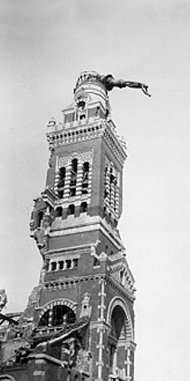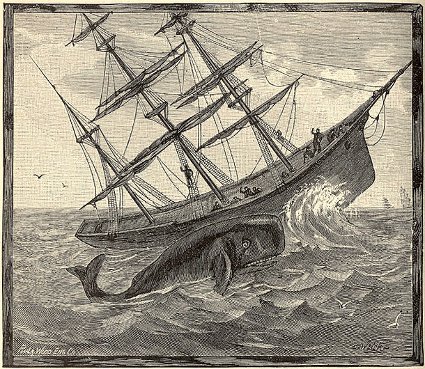As airplanes began to populate the skies over Europe and America, they met an unexpected adversary — eagles. “Some of the adventures of aviators with eagles have been harrowing in the extreme,” reported the Associated Press in 1928. “An airplane was flying over the mountains [behind Athens] recently when several eagles swooped down and attacked it simultaneously. Their dashes at the machine so crippled it that the pilot was forced to descend quickly, and landed so badly that he and a passenger were injured.”
In Adventures With a Texas Naturalist (1975), Roy Bedichek reports that such encounters were reported as early as World War I and were still taking place 60 years later. He writes that pilot J.O. Casparis was flying over Texas’ Big Bend National Park when “an enormous eagle crash-dived his plane before he could shoot, tore through the window, ripped off several feet of the fuselage and showered him with shattered glass.” And J. Wentworth Day reported an attack by two eagles on a three-motored, all-steel passenger plane near Allahbad, India: “The first eagle flew straight in the middle engine, while the second dived from ten thousand feet, and went through the steel wing like a stone, ripping a great hole.”
Bedichek writes that, after the first attacks, the French army seriously considered training eagles to attack enemy planes, and the British Air Ministry issued instructions on the best tactics to pursue during eagle attacks. “Of course, modern planes have little to fear from eagles or other birds individually,” he notes, “but the encountering by plane of migration flights, especially of flights of large birds in considerable number, is said still to offer a considerable hazard.”



